SOURCE: IDRW.ORG


Krishna Defence & Allied Industries Limited, formerly known as Krishna Allied Industries Ltd, is at the forefront of India’s defence manufacturing landscape. The company is renowned for its specialized products, which play a crucial role in enhancing the operational efficiency and resilience of the Indian Navy and Army.
Krishna Defence offers a range of specialized products tailored for naval applications. One of their flagship offerings includes Bulb Bars and Steel Components, which are essential in constructing naval warship hulls. These components are not only lightweight and engineered for efficiency but also exhibit exceptional strength and durability, ensuring the robustness of the vessels.
Continue readingSOURCE: RAUNAK KUNDE / NEWS BEAT / IDRW.ORG
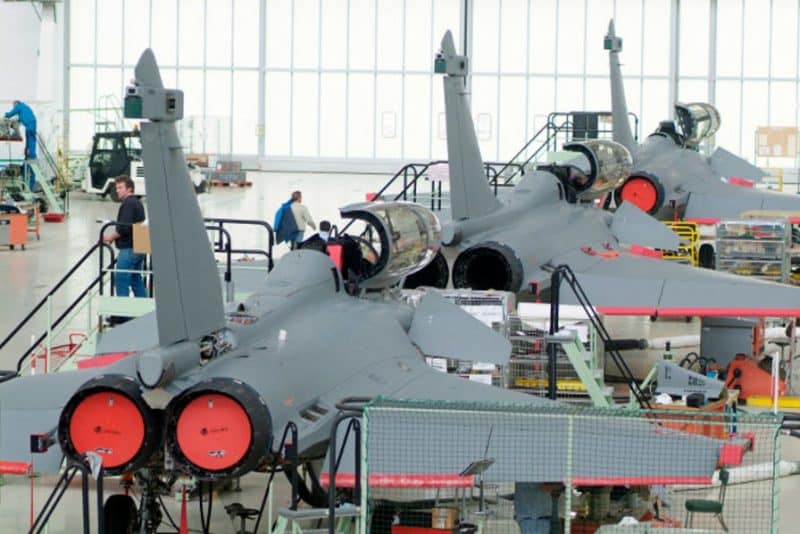

Dassault Aviation, the French company behind the Rafale fighter jet, maybe throwing a wrench into India’s ambitious plans for its upcoming Multi-Role Fighter Aircraft (MRFA) procurement. This comes even as Dassault enjoys a surge in export orders, with the Rafale backlog exceeding 200 units.
The Indian government has unveiled a new policy for the MRFA program, demanding not just the purchase of aircraft but also the complete production of the chosen jet within India. This signifies a significant shift from past “Make in India” initiatives. Technology transfer and a joint venture with a domestic partner for full-fledged production are now central requirements for any vendor vying for the contract.
Continue readingSOURCE: RAUNAK KUNDE / NEWS BEAT / IDRW.ORG
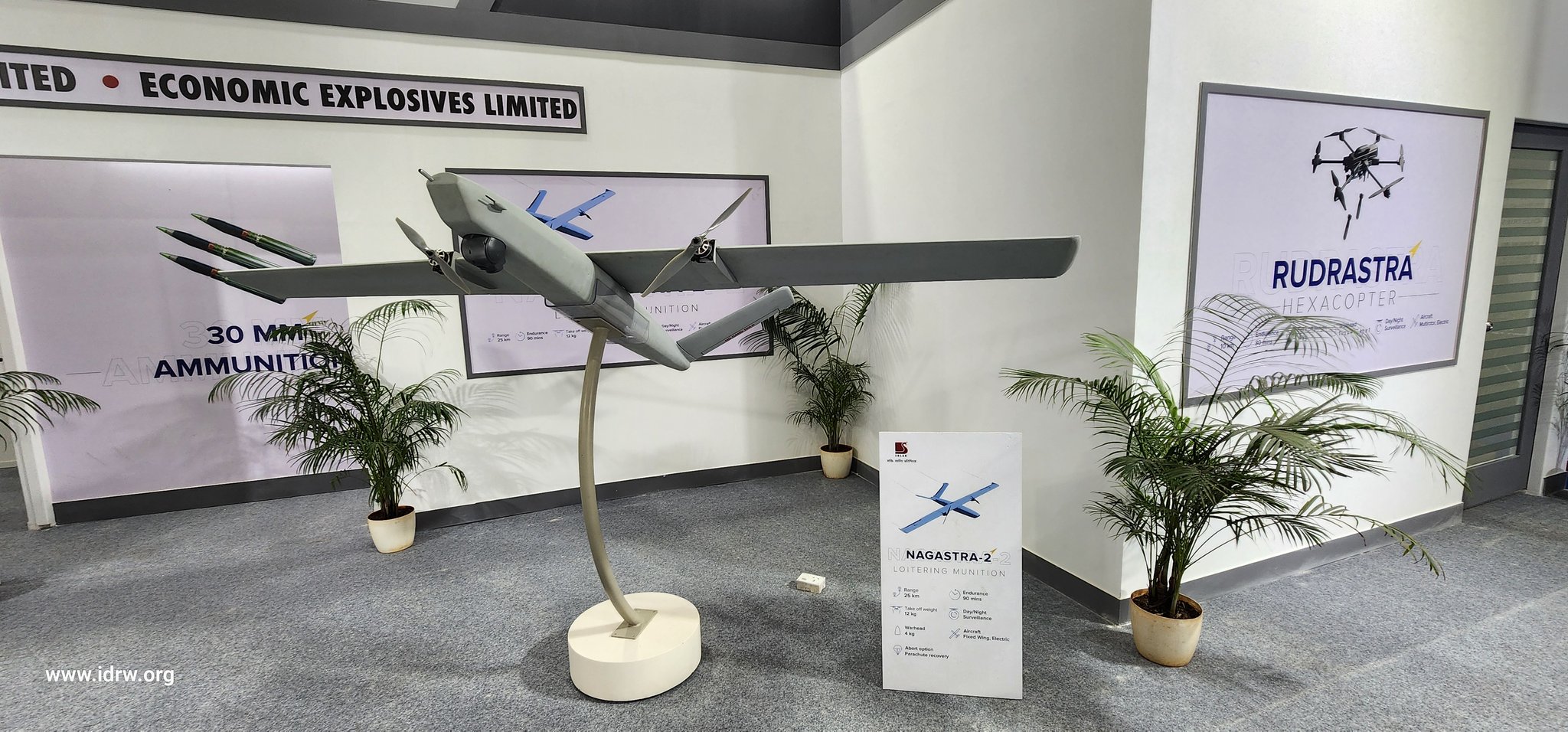

Solar Industries, a Nagpur-based defence company, is on a roll. After successfully delivering its Nagastra-1 loitering munition to the Indian Army, the company now sets its sights on the Nagastra-2, its next-generation loitering weapon system.
Nagastra-1 emerged victorious in a competitive selection process, surpassing entries from Polish and Israeli firms. This win not only signifies Solar Industries’ technological prowess but also strengthens India’s domestic defence capabilities.
Continue readingSOURCE: RAUNAK KUNDE / NEWS BEAT / IDRW.ORG


The Indian Air Force’s (IAF) hunt for a new Medium Transport Aircraft (MTA) has taken a turn, with initial estimates suggesting the Embraer C-390 Millennium might hold a cost advantage over its primary competitor, the Lockheed Martin C-130J Hercules.
According to sources, Embraer’s proposal includes the C-390 aircraft along with a Technology Transfer (ToT) package for local manufacturing, with a unit cost estimated between $140-160 million. This price range appears slightly lower than what the IAF might expect for the C-130J Hercules.
Continue readingSOURCE: IDRW.ORG


India’s quest for a potent indigenous weapon system takes a significant step forward as the Short Range-Unmanned Aerial Vehicle-Weaponised (SR-UAV-W), also known as the “Archer,” prepares for crucial missile evaluation trials in the coming weeks.
The Archer has demonstrably passed its initial hurdle, completing flight demonstrations. This paves the way for the upcoming trials that will assess its weaponization capabilities.
Continue readingSOURCE: IDRW.ORG


The maxim “Artillery is the God of War,” attributed to Soviet leader Joseph Stalin, highlights the enduring importance of these powerful weapons. While India has made strides in modernizing its artillery in recent years, significant gaps remain.
For decades, India’s artillery modernization efforts lagged. However, the last decade has witnessed a renewed focus on this crucial aspect of military preparedness. In 2016, a landmark acquisition of 145 ultra-light M777 howitzers from BAE Systems marked a positive step. These highly mobile guns, perfect for India’s mountainous terrain, offer increased flexibility and firepower. The recent purchase of 100 K-9 Vajra self-propelled tracked howitzers from South Korea further bolsters the modernization effort.
Continue readingSOURCE: RAUNAK KUNDE / NEWS BEAT / IDRW.ORG
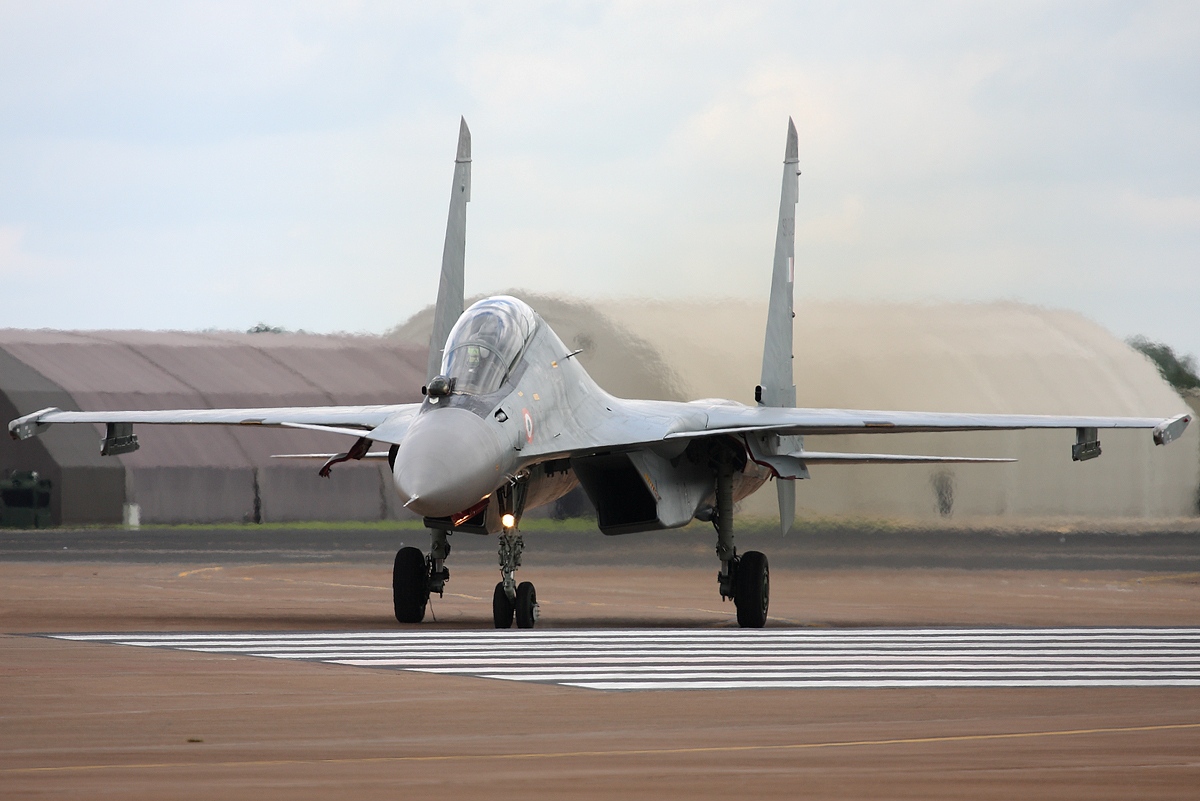

Hindustan Aeronautics Limited (HAL) and Bharat Electronics Limited (BEL), the Indian defence giants behind the long-range dual-band infrared search and track (IRST) system for Su-30 MKI fighter jets, are gearing up for crucial trials later in 2024. This indigenous IRST system marks a significant step towards self-reliance in critical defence equipment for the Indian Air Force (IAF).
The IAF plans to equip 84 of its upgraded Su-30MKI aircraft, designated as Super-30 MKI, with this new IRST system. These upgraded jets will undergo a local transformation process led by HAL. Currently, these aircraft rely on Russian-origin IRSTs.
Continue readingSOURCE: RAUNAK KUNDE / NEWS BEAT / IDRW.ORG
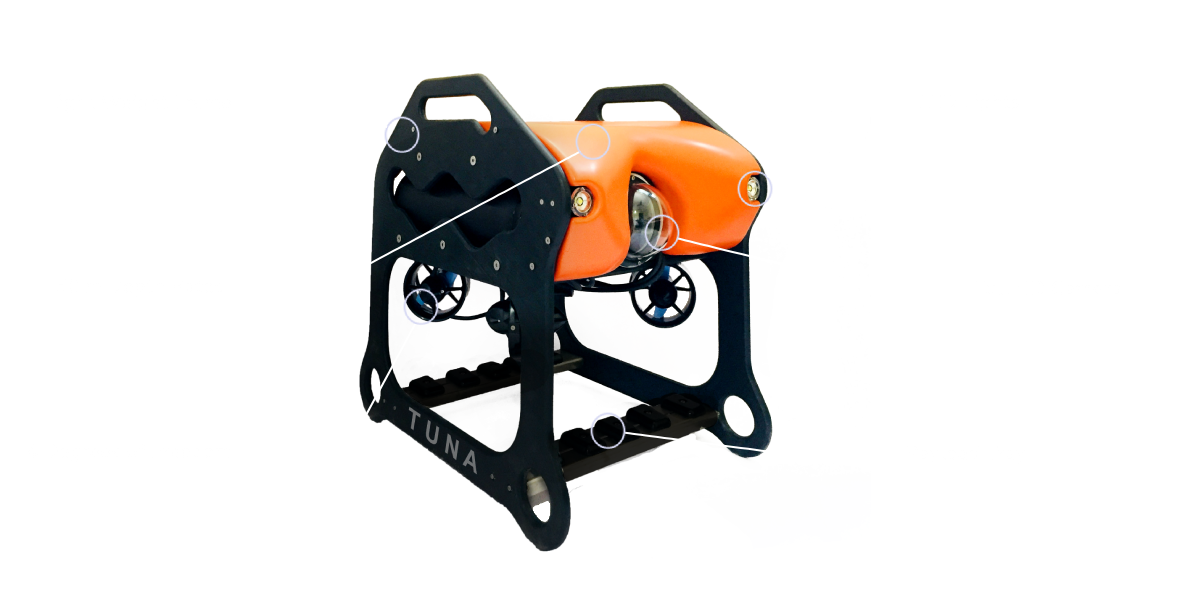

EyeROV, a rising star in India’s marine robotics scene, has delivered its EyeROV TUNA observation ROV to Saudi Arabia. This marks a significant development for the company and showcases the capabilities of Indian innovation on the global stage.
The EyeROV TUNA is designed for underwater observation tasks, reaching depths of up to 100 meters and delivering live, high-definition video feeds. Its dual HD cameras provide operators with a clear and comprehensive view in real time, allowing for efficient underwater inspections.
Continue readingSOURCE: RAUNAK KUNDE / NEWS BEAT / IDRW.ORG


The Gas Turbine Research Establishment (GTRE) is inviting bids for the procurement of an Engine Performance Measurement and Monitoring System (PMMS) for its Mobile Test Facility (MTF). This system will be used to evaluate the performance of various gas turbine engines under real-world operating conditions.
The PMMS is expected to be a comprehensive and integrated system capable of acquiring, recording, and analyzing various engine performance parameters.
Continue readingSOURCE: IDRW.ORG
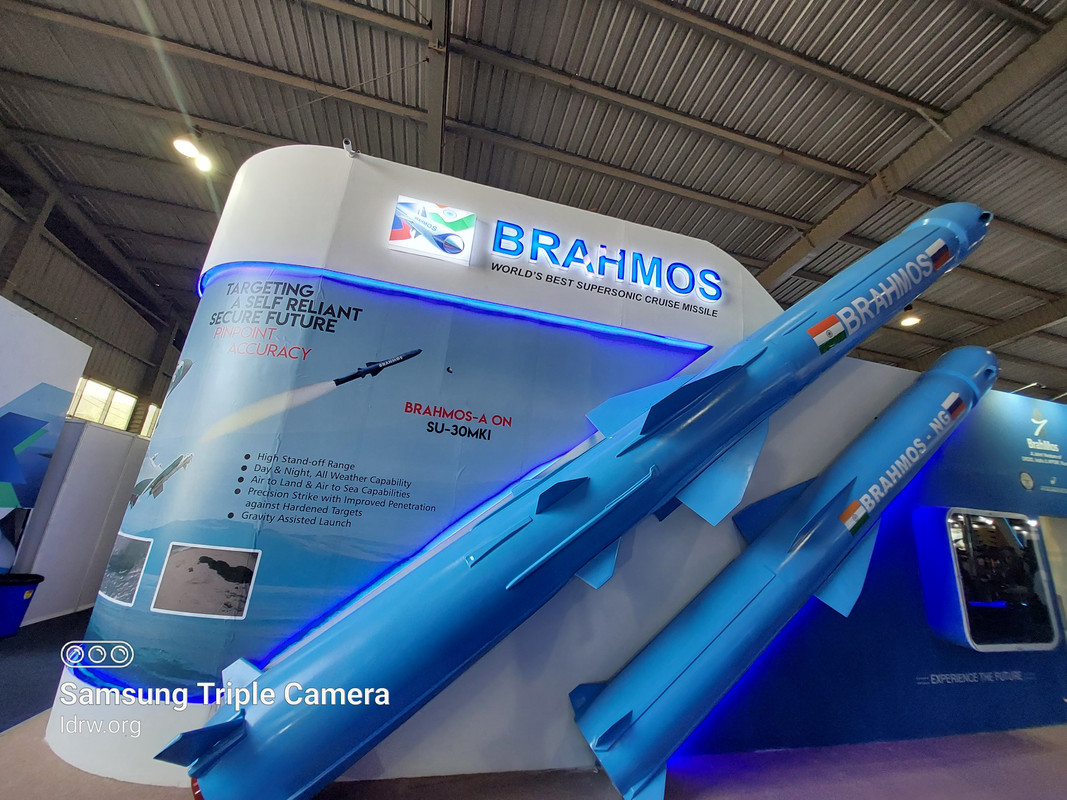

Following the successful export of BrahMos supersonic cruise missiles to the Philippines, the Indo-Russian joint venture behind the weapon system is setting its sights on new partnerships. BrahMos CEO has expressed confidence in ongoing talks with several countries, suggesting potential deals could be finalized within a more realistic timeframe than the 2-3 years mentioned in some reports.
According to media sources citing the CEO, BrahMos is engaged in advanced discussions with at least two to three countries. While the official did not disclose specific names, there’s a strong possibility that at least one of these negotiations might culminate in a signed agreement in the near future.
Continue readingSOURCE: IDRW.ORG


Indian Armed Forces have a new contender in the tactical gear arena – Armasen Tactical. This high-quality manufacturer, known for collaborating with Special Operations Units, has offered its latest range to Indian troops.
Armasen Tactical highlights the S.F. R.I.G. Plate Carrier alongside their G.R.I.P. Combat Belt as the core of their offering. These are complemented by a variety of Utility and Ammo Pouches, creating a comprehensive combat ensemble.
Continue readingSOURCE: RAUNAK KUNDE / NEWS BEAT / IDRW.ORG
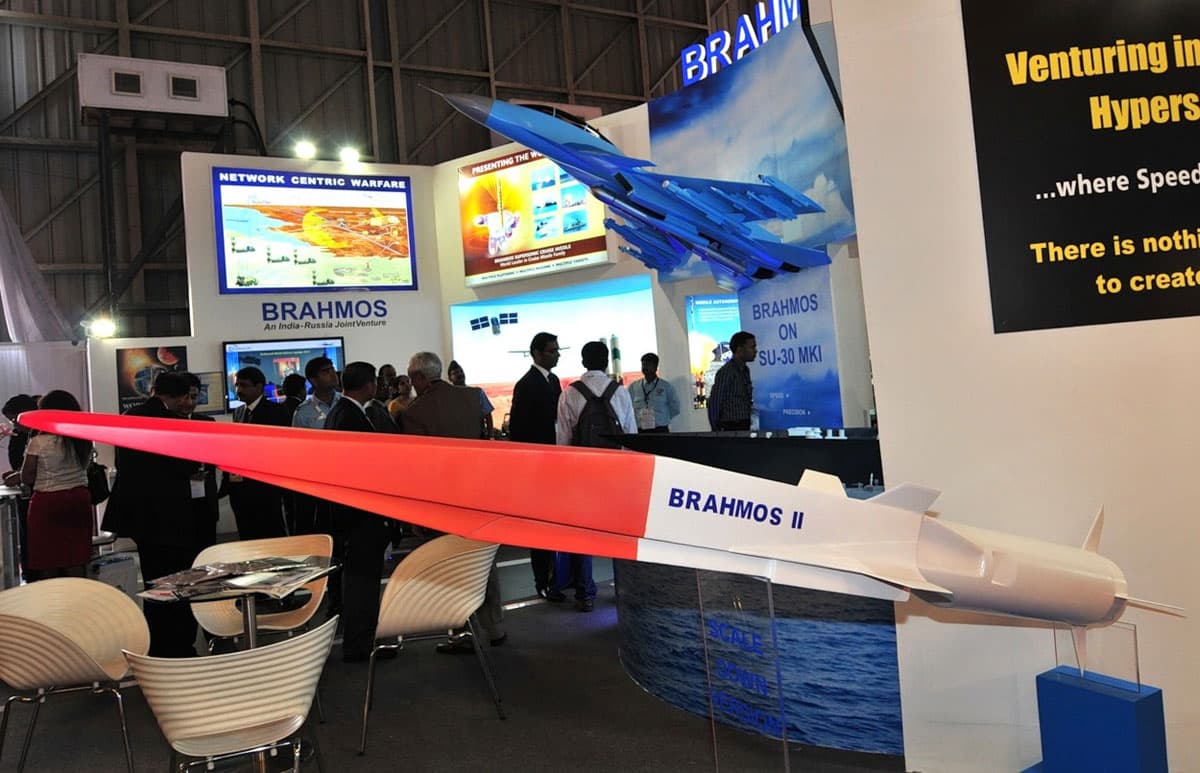

The hypersonic future of the BrahMos cruise missile system faces a hurdle as India’s BrahMos Corporation and Russia grapple with technical and financial hurdles in developing the BrahMos-2 variant. Talks between India and Russia on BrahMos-2 appear to have stalled. Russia’s hesitance to fully commit to the project is a primary concern. Discussions have reportedly hit roadblocks on several issues, jeopardizing the hypersonic ambitions of the BrahMos program.
The BrahMos-2 was originally envisioned as a hypersonic adaptation of the Russian Zircon cruise missile. However, to address potential export control concerns, the BrahMos-2’s speed was reportedly capped at Mach 6, compared to Zircon’s Mach 8 capability.
Continue readingSOURCE: RAUNAK KUNDE / NEWS BEAT / IDRW.ORG
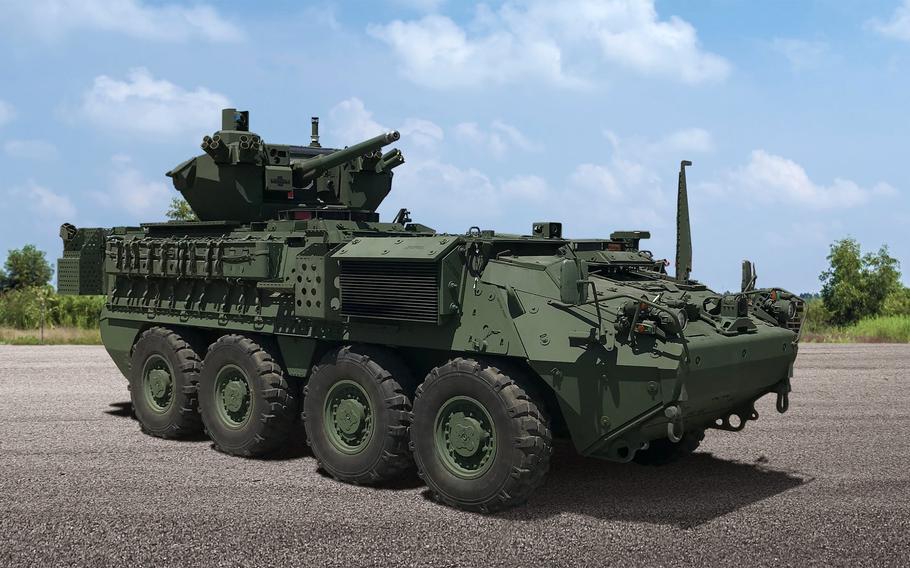

India is poised to embark on a significant defence collaboration with a steep price tag, as it prepares for the joint production of Stryker armoured vehicles under the ‘Make in India’ initiative. According to sources from the Indian Defence Research Wing (idrw), the initial estimated cost of this ambitious project is projected to exceed $1.5 billion, with each unit priced at a substantial $5 million markup.
A key component of this deal is the transfer of technology (ToT), which will facilitate the local production and assembly of the Stryker Armoured vehicles. This ToT arrangement will include the transfer of technical documentation necessary for the medium-term production of spare parts and the assembly of vehicles from the hull stage.
Continue readingSOURCE: RAUNAK KUNDE / NEWS BEAT / IDRW.ORG
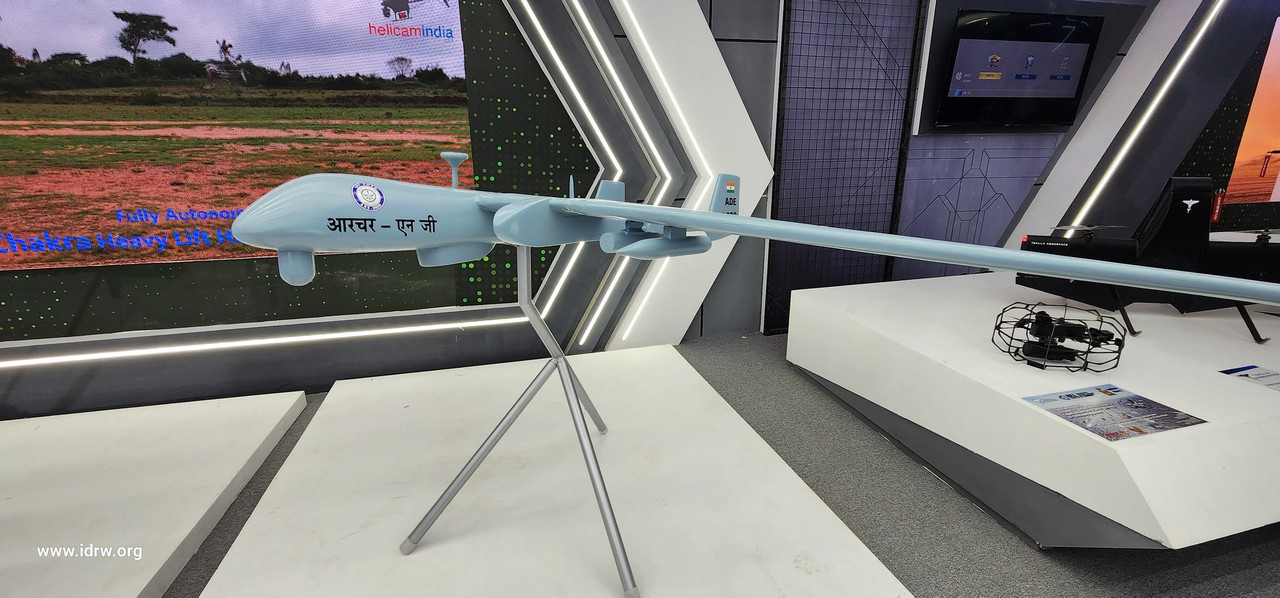

The development of India’s highly anticipated Archer-NG Medium Altitude Long Endurance (MALE) Unmanned Aerial Vehicle (UAV) has encountered a setback due to funding constraints. This news comes nearly a year after the Aeronautical Development Establishment (ADE) showcased the Archer-NG in late 2022.
The Archer-NG envisioned as an armed drone with a 300 kg payload capacity for weapons like smart anti-airfield munitions and anti-tank guided missiles, offered significant advancements. Its design, featuring a Single Engine Twin Boom configuration, differed from the Tapas UAV but employed similar equipment.
Continue readingSOURCE: IDRW.ORG
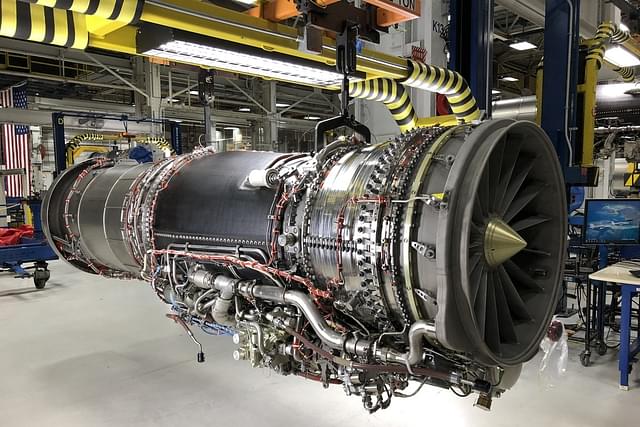

In a landmark development following Prime Minister Narendra Modi’s third term in office, India and the United States have reinitiated discussions on the sale and transfer of technology (ToT) for the American General Electric F-414 (GEF-414) engine. This significant defense collaboration aims to enhance the indigenous production capabilities of India’s state-owned Hindustan Aeronautics Limited (HAL), positioning it as a local partner in this crucial program.
The proposed deal includes an 80% transfer of technology (ToT) to HAL, facilitating the local production of the GEF-414 engines. U.S. congressional approvals for this deal have been secured, paving the way for price negotiation committee talks, which are set to take place later this year in India.
Continue reading